The World of Assassination Trilogy comes to a close with the release of Hitman 3. It brings a twisting, global journey filled with glamor and high body counts to an end… for now, at least. But as Agent 47’s story has evolved and become more complex, so has the game itself. The graphics have seen significant upgrades since the first game released in 2016. Players now have an opportunity to play the entire trilogy from start to finish with the best possible fidelity and effects.
Our Hitman 3 technical review seeks to test the game at its various settings to see what’s possible on our hardware and determine if the game’s performance matches up to the system requirements set forth by the developers. With that being said, let’s take a look at those system requirements.
Hitman 3 System Requirements
Minimum
- OS: Windows 10 (64-bit)
- CPU: Intel CPU Core i5-2500K 3.3 GHz or AMD CPU Phenom II X4 940
- Memory: 8 GB RAM
- GPU: NVIDIA GeForce GTX 660 or Radeon HD 7870
- DirectX: DirectX 12
- Storage: 80 GB
Recommended
- OS: Windows 10 (64-bit)
- CPU: 4 GHz Intel CPU Core i7 4790
- Memory: 16 GB RAM
- GPU: Nvidia GPU GeForce GTX 1070 or AMD GPU Radeon RX Vega 56 8 GB
- DirectX: DirectX 12
- Storage: 80 GB
Author’s test system
- OS: Windows Home 10 (64-bit)
- CPU: AMD Ryzen 7 3700X 8-Core
- Memory: 32 GB RAM
- GPU: Nvidia GeForce RTX 3070
- DirectX: DirectX 12
- Storage: Two 1 TB SATA SSDs in RAID 0 (2 TB)
Fortunately for players, and especially longtime fans of the franchise, Hitman 3’s PC system requirements are almost identical to Hitman 2. Those weren’t too excessive to begin with, so you can already understand that the latest game performs well. The game does not yet support its advertised advanced graphics features though. IO Interactive plans to add a post-launch update that integrates real-time ray tracing alongside optimizations for eight-core Intel CPUs. It’s likely that there will be a significant impact on performance once the game is fully updated. But for now, the third chapter should play as well as Hitman 2.
There’s also a third variable, in that the game’s performance can depend largely on the player’s style. Specifically, if you stick mainly to being stealthy, then the performance should remain relatively steady. However, getting into heavy gunfights and triggering numerous explosions will drag performance down, especially if you have “Simulation” set to “Best,” causing statues and stone columns to crumble naturally while objects such as couch feathers, book pages, and wood splinters fly through the air.
Being a professional at ultra settings
Using the Dubai level benchmark, which focuses primarily on reflections and large sunlit rooms, I pushed all the graphical settings as high as they could go and got a 94.16 fps average on my 2640 x 1440 resolution monitor with no HDR. Setting the Supersampling all the way to four caused a tremendous performance drop to around 32.53 fps without providing me enough of a quality difference to justify it, so I decided to leave it set to one for most of the subsequent tests. The Dartmoor benchmark takes place in a mansion that is filled with explosions and falling chandeliers. Dartmoor gave me an average framerate of 76.42. A significant drop compared to Dubai, but still well above the 60 fps standard. Switching the Simulation from “Best” to “Base” made the bullet impacts much more boring, but it rocketed my frame rate to 99.56.
Dropping the resolution down to 1920 x 1080 boosted the Dubai benchmark performance to 139.20 fps. Even with the Supersampling maxed out, I was able to get 58.75 fps. Performance in Dartmoor rose to 95.54 fps, with 127.61 fps with the Simulation turned down.
Using Dynamic Super Resolution to simulate a 3620 x 2036 resolution 4K monitor took an unsurprisingly high toll on graphical performance, with the Dubai benchmark falling to 52.21 fps using level one Supersampling. That’s not terrible, but Dartmoor’s performance was much worse, averaging 45.64 fps. At 4K, even switching to boring particle effects didn’t help much, adding a measly 4 fps to the average.
However, I was surprised by how dialing the graphical settings down to High while halving the anisotropic filtering setting to x8 did a great deal to push performance while sacrificing relatively little graphical detail. I averaged about 105.89 fps at 1440p in Dubai and 85.23 fps in Dartmoor. At 4K resolution, I got a respectable 59.43 fps in Dubai and 53.23 fps in Dartmoor. Turning off the extra particle effects brought the Dartmoor benchmark framerate up to 59.51.
Putting on different looks
Dropping Hitman 3 to its lowest quality settings kicks 1440p performance up to 144.18 fps with the Dubai benchmark and 135.46 fps in Dartmoor. It also delivered 75.96 fps and 73.71 fps in Dubai and Dartmoor respectively at 4K resolution. Of course, the trade-off is a noticeable loss of environmental detail. Edges look more jagged using trilinear filtering while the carpet and clothing textures and patterns are harder to discern. Similarly, reflections on shiny floors look less distinct and the world in general can feel kind of drab.
Additionally, turning off reflections can become offputting, because the characters tend to look like they’ve been stamped onto the environment. So, no matter how you adjust your settings, I recommend keeping at least some surface reflections to maintain a sense of immersion. Other than that, I noticed some minor texture popping and character stuttering during some of the benchmark run-throughs, but nothing that would ruin the experience. Fortunately, this doesn’t have much of an impact on the gameplay, since the character models still look the same with low-resolution textures and the targets can usually be easily identified. Still, it seems silly to play a game at 4K while having minimal environmental detail.
Switching the settings to medium cut the framerates to 111.13 fps in Dubai and 109.52 in Dartmoor at 1440p resolution. Dubai reached 62.43 fps at 4K resolution while Dartmoor averaged 56.19 fps with the particle effects turned on. That’s a disappointingly modest improvement over the High settings, but it’s an improvement, nonetheless. It’s clear that if I want to play at 4K at high settings and framerates, I’d need an RTX 3080 card or better.
Carefully planning your graphics settings
Given how Hitman 3 isn’t exactly a twitch shooting game, even when a plan goes ridiculously bad, getting 100 fps or more is kind of a waste. After all, we’re talking about a game where the main character’s usual pace is a casual saunter between choking people out, setting up elaborate accidents, and sniping targets from strategic, timed positions. Smooth graphics are important, but they’re not entirely critical to completing missions. Especially since there are so many ways to quietly eliminate targets.
With stalking and patient exploration of the environments being far more important than running and gunning, there’s little reason why players shouldn’t go for the highest quality graphics settings they can get, even if it dips a little under 60 fps. It also helps tremendously that the current system requirements for Hitman 3 are the same as they were over two years ago. Just try to avoid getting into extended firefights with small armies in the library.

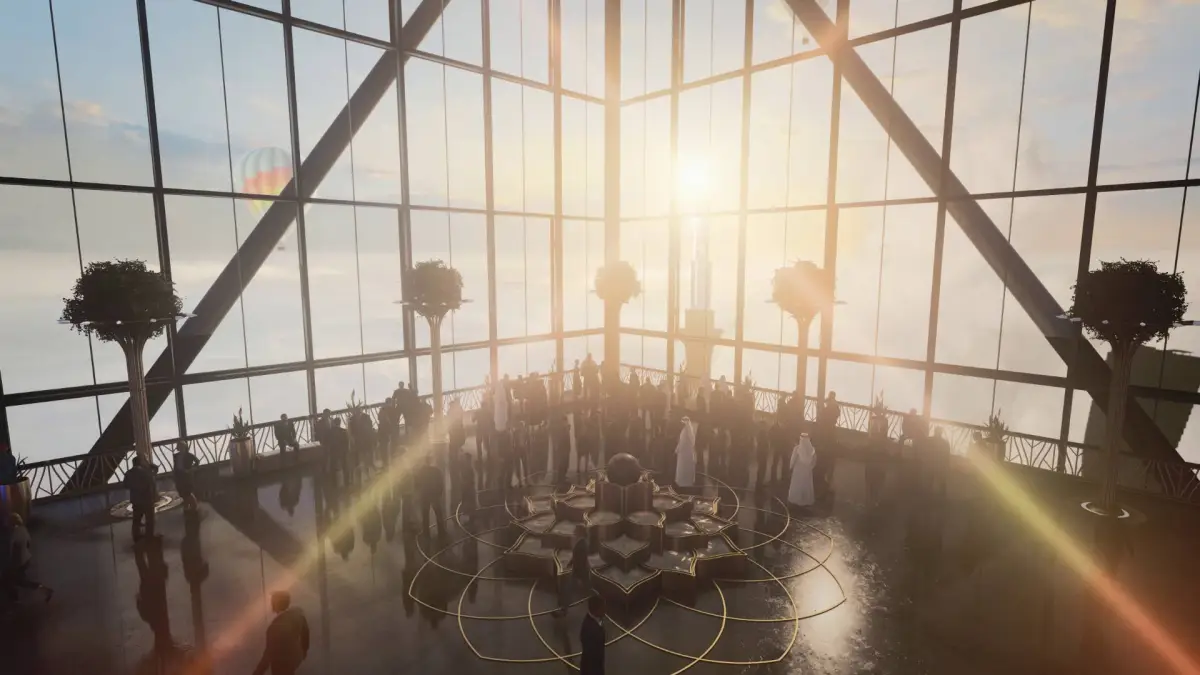
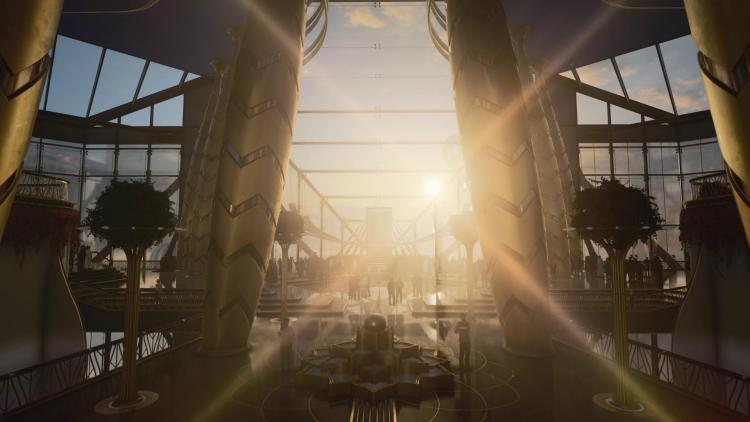
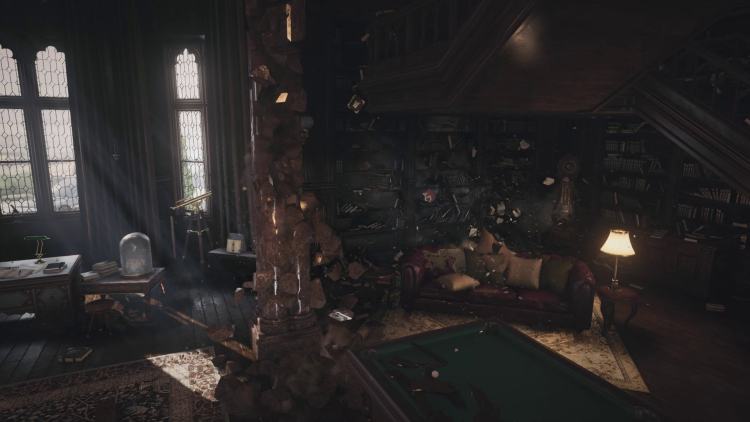
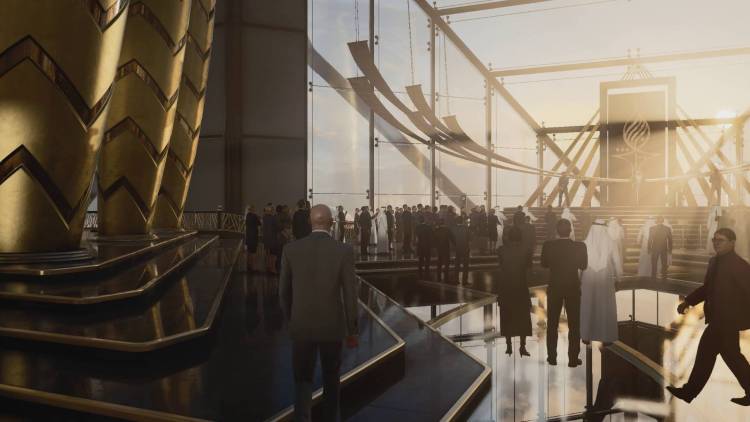
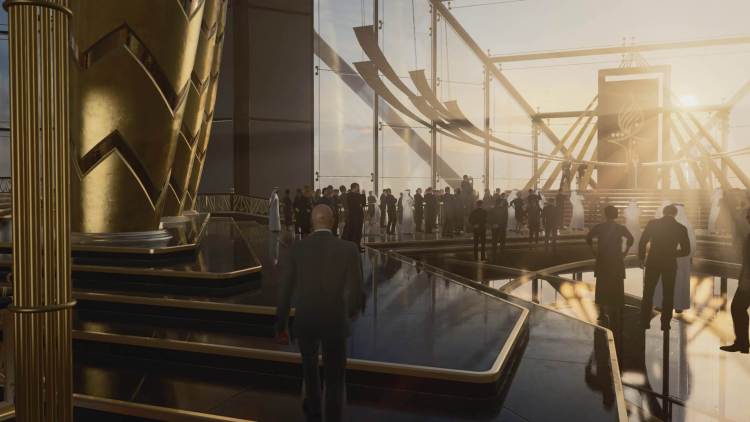
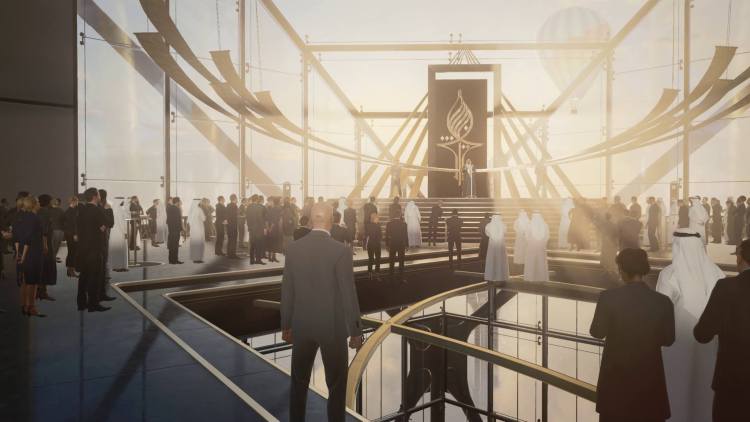





Published: Jan 19, 2021 1:15 PM UTC